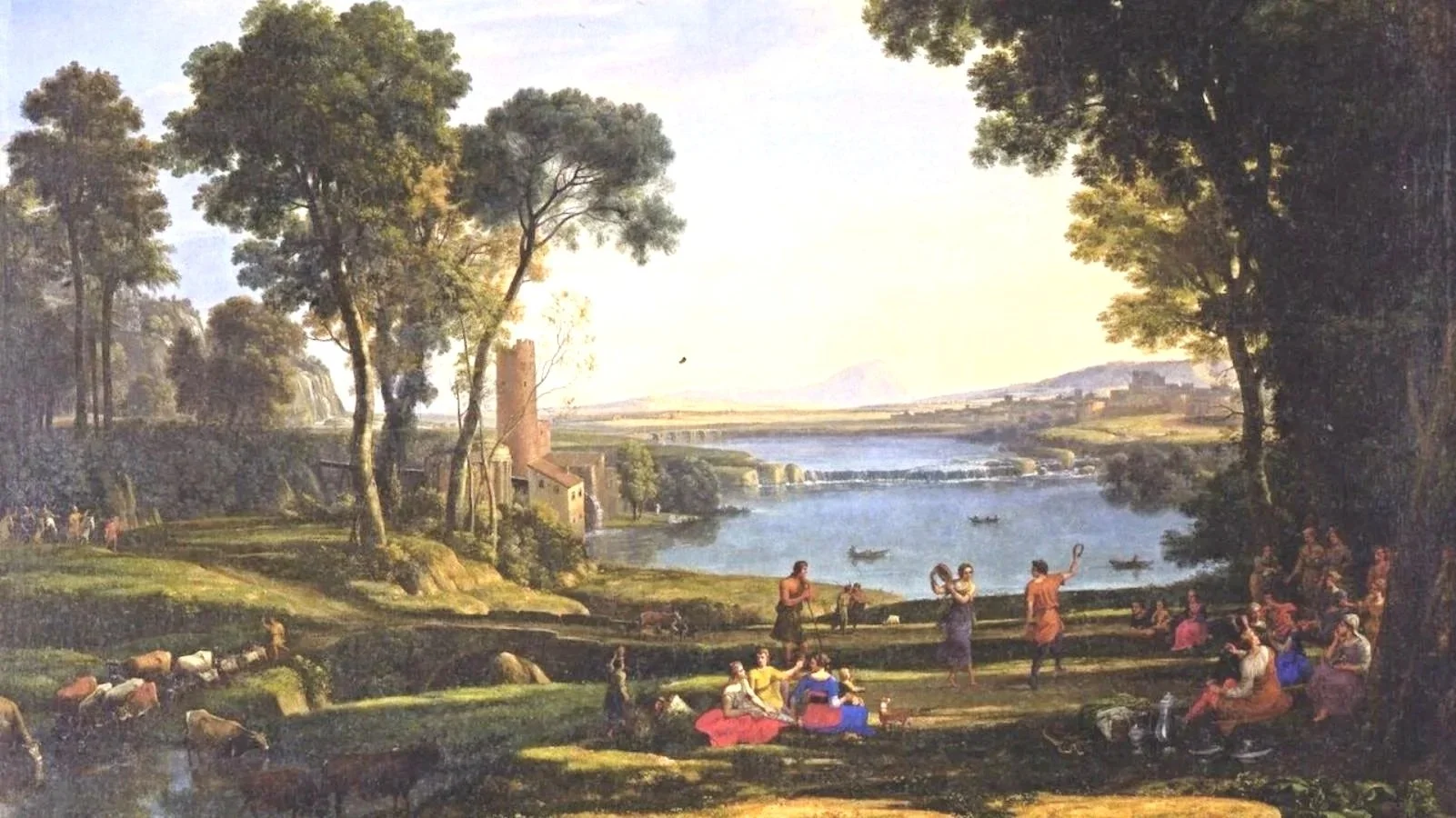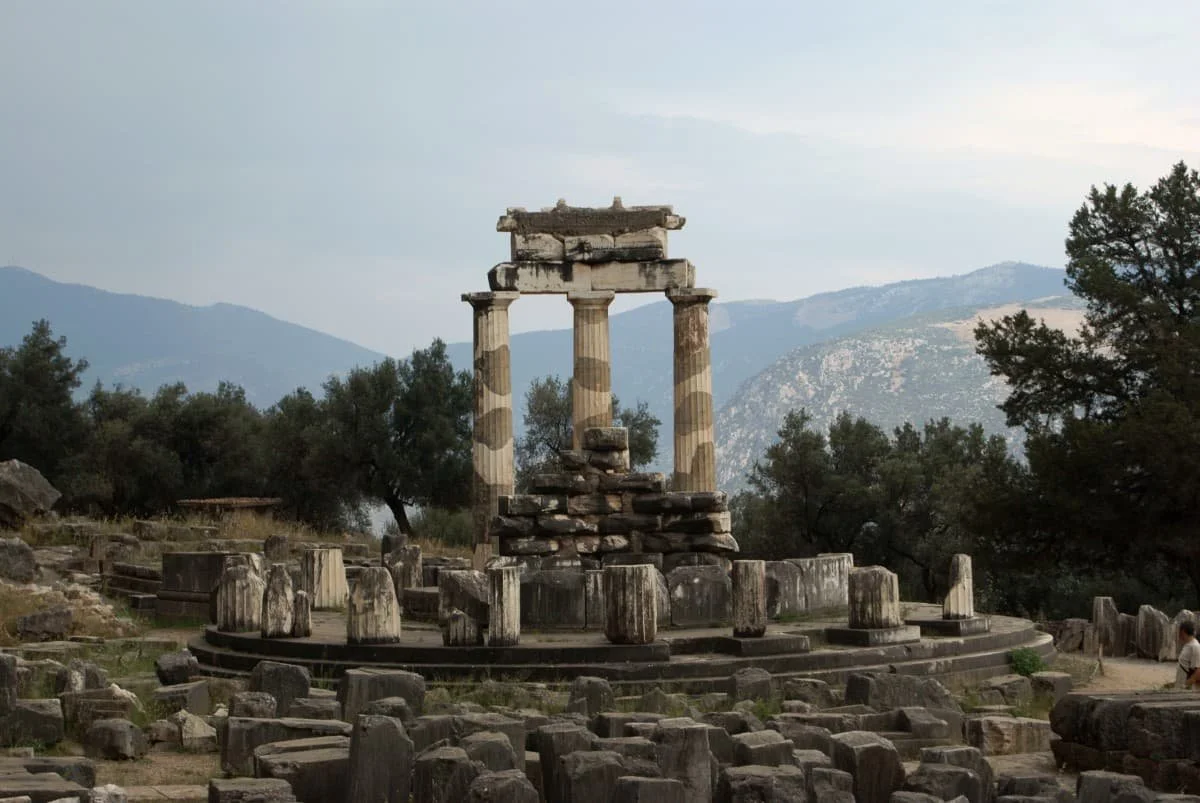
~ Styles & Epochs of Art that Influenced Landscape Architecture ~
Background image: Claude Lorrain, The Marriage of Isaac and Rebekah, 1648 (Public Domain)
“Exploring how art, philosophy, and time shaped the language of landscape design”
From the sacred geometry of Ancient civilizations to the harmonious ideals of the Renaissance, and the expressive power of Baroque and Modern abstraction — the evolution of art has continually shaped the landscapes we inhabit.
This LASD Studio original series reveals the timeless dialogue between art, nature, and human imagination, tracing how each artistic epoch left its imprint on gardens, parks, and cultural spaces. Through cinematic storytelling and historical insight, Styles & Epochs of Art celebrates the creative continuum that connects past inspiration with future design intelligence — where landscapes become living expressions of beauty, ecology, and evolving thought.
INTRO: Styles & Epochs of Art that Influenced Landscape Architecture and Garden Design Series
An introduction video to LASD Studio’s Styles & Epochs of Art — exploring how art, culture, and philosophy shaped landscape architecture from Ancient times to today.
This opening episode introduces LASD Studio’s original series — Styles & Epochs of Art that Influenced Landscape Architecture — a journey through time where art, culture, and landscape design intertwine.
Through the lens of history, philosophy, and beauty, we explore how humanity’s evolving vision of art has shaped the spaces we live in — from ancient sacred landscapes to the contemporary pursuit of sustainable, intelligent design.
Styles & Epochs of Art that Influenced Landscape Architecture and Garden Design
A special documentary series by LASD Studio — Landscape Architecture, Sustainability & Design, exploring how art movements across history shaped the evolution of gardens, cities, and our relationship with nature.
Section 1 — The Ancient Foundations
The story of landscape architecture begins in the sacred geometry of early civilizations. From Mesopotamian courtyards to Egyptian temple gardens, humanity learned to shape land as a reflection of the cosmos. Order, water, and plant life became symbols of harmony and divine connection — establishing the timeless foundation of design where nature and culture first met.
Section 2 — Classical Antiquity
In the classical world, Greek and Roman thinkers transformed landscape design into a philosophy of beauty and balance. Proportion, symmetry, and perspective defined gardens as expressions of intellect and civic pride. These ancient ideals still inspire contemporary landscape architecture — where the dialogue between form, function, and nature remains the essence of design.
Section 3 — The Medieval Period
Medieval gardens turned inward, becoming sanctuaries of healing, reflection, and symbolism. Enclosed cloisters and herbal courtyards mirrored spiritual order, while every path and plant carried meaning. These early sacred landscapes gave birth to the idea of the garden as a place of contemplation — a living metaphor for inner peace and ecological unity.
Section 4 — Renaissance & Baroque Grandeur
The Renaissance revived classical harmony through geometry, perspective, and humanistic art. Gardens became architectural masterpieces — extensions of palaces and minds alike. The Baroque period expanded this vision into theatrical landscapes of grandeur, where water, sculpture, and movement celebrated emotion, power, and divine proportion. Their legacy continues to shape design thinking worldwide.
Section 5 — Romanticism & Naturalism
As the Enlightenment gave way to emotion, Romanticism and Naturalism reawakened the wild beauty of nature. Landscapes flowed freely — lakes, meadows, and winding paths inspired by poetry and painting. Gardens became places of introspection and freedom, bridging art and ecology. Their vision still echoes in sustainable and sensory-driven landscape architecture today.
Section 6 — The Birth of Modernism
Industrialization changed art and landscape forever. Modernism sought clarity and function — abstract geometry, clean lines, and integration of architecture with nature. Visionaries like Le Corbusier and Fletcher Steele transformed gardens into modern spaces of optimism, rhythm, and light, setting the groundwork for the ecological design principles we pursue today.
Section 7 — Mid-Century Modernism & Organic Design
The mid-20th century brought an organic harmony between structure and land. Designers such as Frank Lloyd Wright and Roberto Burle Marx blurred boundaries between built and natural worlds. Fluid forms, sculptural planting, and ecological thinking defined an era that continues to influence sustainable landscape architecture and biophilic design.
Section 8 — The Contemporary Evolution
Contemporary landscape design merges art, science, and technology. It is a living collaboration between ecology, culture, and innovation. From climate-adaptive gardens to regenerative urban spaces, today’s designers create evolving environments — landscapes that learn, heal, and grow. Each project is a reflection of global awareness and local identity.
LASD Studio — Designing Landscapes as Evolutionary Systems
Building upon centuries of artistic and ecological evolution, LASD Studio reinterprets history through a modern, sustainable lens. Our philosophy, Designing Landscapes as Evolutionary Systems, unites art, science, and spirit — creating gardens and public spaces that evolve intelligently with their environment. Each project is a living organism, where biodiversity, human experience, and design coexist as one.
Continue reading to explore the full series Styles & Epochs of Art, and discover how the past continues to inspire the landscapes of the future.







